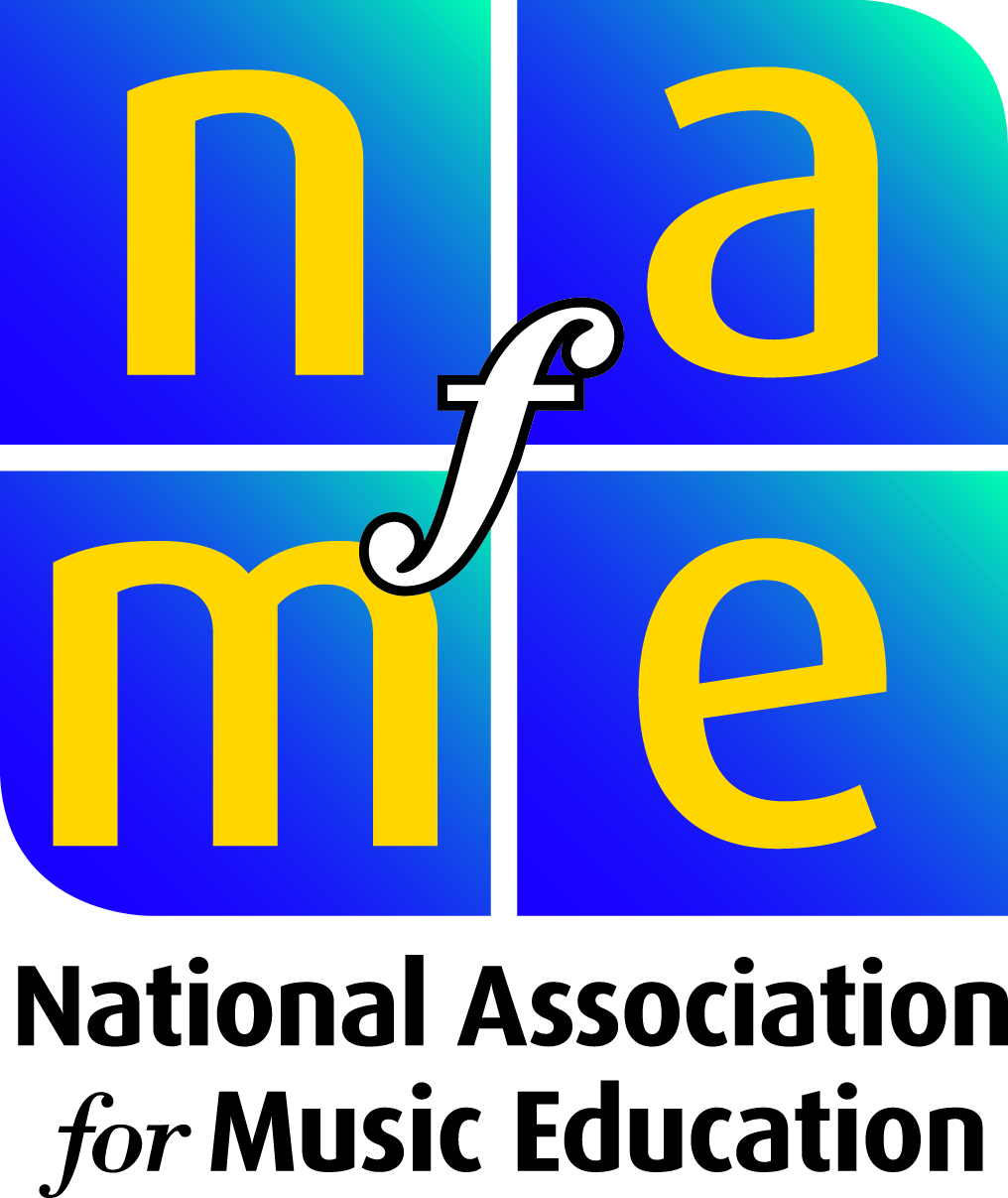Yesterday marked the passing of an American music icon whose name will eternally be synonymous with the Cold War era.
Harvey Lavan “Van” Cliburn Jr., the Julliard-trained pianist who at age 23 shocked the music world by taking first-place in the 1958 International Tchaikovsky Competition in Moscow, died yesterday at the age of 78 following a long battle with bone cancer.
Upon his triumphal return from the Tchaikovsky Competition, Cliburn was honored with a ticker-tape parade through lower Manhattan. He was the first musician ever to be so honored.
During a ceremony at City Hall, Mayor Robert Wagner announced, “With his two hands, Van Cliburn struck a chord which has resounded around the world, raising our prestige with artists and music lovers everywhere.”
Mr. Cliburn was equally adored by his Soviet hosts, including Premier Nikita Khrushchev who later recalled that he “personally approved Cliburn’s victory” and saw it as “a symbol of a new maturity in relations between the two societies.”
His last public appearance was at the Van Cliburn Foundation’s 50th anniversary celebration at Bass Hall in Fort Worth last September.
Tchaikovsky Piano Concerto #1 performed by Van Cliburn in Moscow, 1962.
Accompanied by Kirill Kondrashin
Please share this post. We’d love to hear your thoughts on the passing of Van Cliburn. Please post your comments below.





